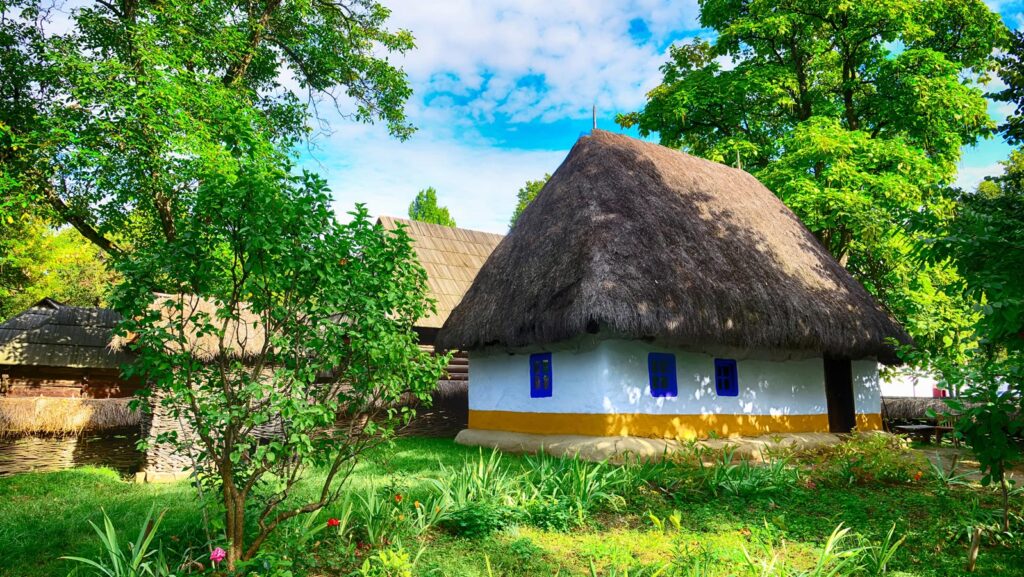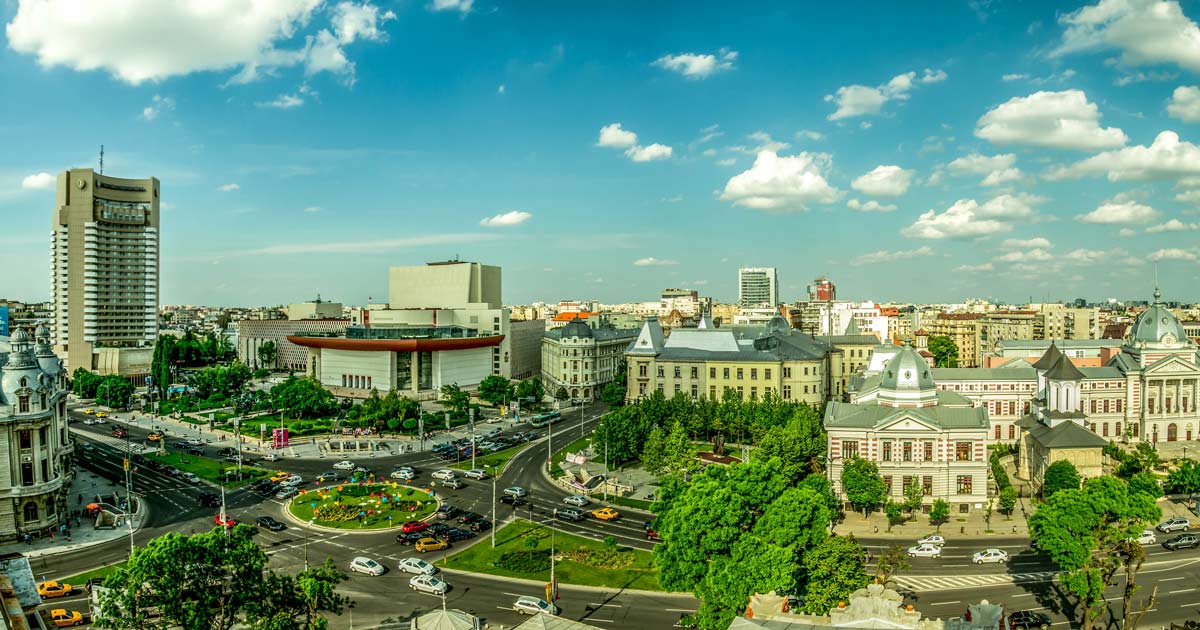Know All About Bucharest Country – Its History, Population, And All Other Information
Bucharest is the capital and largest city of Romania. It is located in the southeastern part of the country, on the banks of the Dâmbovița River. Let’s delve into some key aspects of Bucharest, including its history, population, and other relevant information.
History
Bucharest’s history dates back to the 14th century when it was founded as a fortified city by Mircea the Elder, ruler of Wallachia. Over the centuries, it grew in importance as a trade hub and political center. The city experienced significant growth and cultural development during the late 19th century, earning it the nickname “Little Paris” due to its elegant architecture and cosmopolitan atmosphere. Bucharest also served as the capital of Romania since its unification in 1859.
During World War II, the city suffered extensive damage, including the destruction of many historic buildings. After the war, Bucharest underwent a period of rapid urbanization and communist architectural development under the rule of Nicolae Ceaușescu. However, this also led to the demolition of several historical areas, including the old Jewish quarter, to make way for Ceaușescu’s grandiose urban projects.
Since the fall of communism in 1989, Bucharest has undergone significant changes, with the restoration of historic buildings and the development of modern infrastructure.
Population
As of my knowledge cutoff in September 2021, Bucharest had an estimated population of around 1.88 million people. However, please note that population figures can change over time, so it’s advisable to consult updated sources for the most accurate information.
Culture and Landmarks
Bucharest is a vibrant city with a rich cultural heritage. It offers a blend of architectural styles ranging from medieval and neoclassical to Art Nouveau and modernist influences. Some notable landmarks and attractions in Bucharest include:
- Palace of the Parliament: Also known as the People’s House, it is one of the largest administrative buildings in the world.
- Romanian Athenaeum: A stunning concert hall and an iconic symbol of the city’s cultural life.
- Old Town (Centrul Vechi): A historic area filled with charming streets, traditional restaurants, and lively nightlife.
- Village Museum (Muzeul Satului): An open-air museum showcasing traditional Romanian village life with various architectural styles.
- Herastrau Park: The largest park in Bucharest, surrounding Lake Herastrau, offering recreational activities and a serene environment.
- Revolution Square: A significant location linked to the 1989 Romanian Revolution, featuring the Memorial Cross and the former Royal Palace.
- Calea Victoriei: A major avenue lined with shops, historical buildings, and cultural institutions.
Economy
Bucharest has a diverse and growing economy. It is an important financial and industrial center in Eastern Europe. Industries such as services, finance, IT, telecommunications, real estate, and retail contribute significantly to the city’s economy. Many multinational companies have established their presence in Bucharest, attracted by the skilled workforce and favorable business environment.
Transportation
Bucharest has an extensive transportation system, including buses, trams, trolleybuses, and a metro network. The Henri Coandă International Airport, located in Otopeni, serves as the main international gateway to the city.
Please note that while this overview provides key information about Bucharest, there is much more to discover about the city’s culture, cuisine, events, and contemporary developments. It is always recommended to consult up-to-date sources or visit official websites for the most accurate and detailed information.
Certainly! Here are some more details about places to visit and other things to do in Bucharest:
- Herăstrău Park: This expansive park offers a peaceful retreat in the heart of the city. You can take leisurely walks along the lakeside promenade, rent a boat, or visit the Village Museum located within the park.
- Romanian Athenaeum: A must-visit for music and architecture enthusiasts, the Romanian Athenaeum is a magnificent concert hall known for its neoclassical facade and exceptional acoustics. It hosts classical music concerts and other cultural events.
- Palace of the Parliament: Explore the colossal Palace of the Parliament, the world’s second-largest administrative building after the Pentagon. Take a guided tour to admire its opulent halls, grand staircases, and extensive underground tunnels.
- Old Town (Centrul Vechi): Bucharest’s historic district is a vibrant area filled with narrow cobblestone streets, charming buildings, and a lively atmosphere. It is home to numerous restaurants, bars, cafes, and shops. Don’t miss the lively nightlife and the bustling Lipscani Street.
- Stavropoleos Monastery: Located in the Old Town, this Eastern Orthodox monastery is a hidden gem known for its beautiful architecture, intricate stone carvings, and serene courtyard.
- Calea Victoriei: Take a stroll along this historic avenue, lined with elegant buildings, luxury shops, and cultural institutions. Visit the National Museum of Art of Romania, the Royal Palace, and the stunning Cantacuzino Palace.
- National Village Museum (Muzeul Satului): Located within Herăstrău Park, this open-air museum showcases traditional Romanian village life. Explore the collection of over 200 authentic rural buildings from various regions of Romania.
- Cotroceni Palace and Museum: Discover the former royal residence, now the official residence of the President of Romania. The Cotroceni Museum exhibits royal memorabilia, historical artifacts, and art collections.
- Dimitrie Gusti National Village Museum: Another open-air museum, located in the north of Bucharest, where you can explore traditional Romanian village life and architecture.
- Grigore Antipa National Museum of Natural History: Ideal for nature lovers, this museum features exhibits on biodiversity, paleontology, and animal species. It offers an educational and interactive experience for visitors of all ages.
- Carol Park: This park is home to the Mausoleum of the Unknown Soldier, an impressive monument dedicated to Romanian soldiers who perished during World War I. The park also offers beautiful views of the city and hosts various events throughout the year.
- Tineretului Park: A large park in the southern part of the city, Tineretului Park provides recreational activities, sports facilities, and a lake with pedal boats.

These are just a few highlights of Bucharest, and the city has much more to offer. Whether you’re interested in history, architecture, parks, or cultural experiences, Bucharest provides a diverse range of attractions to explore.
Summary About Bucharest Country
Bucharest is the capital and largest city of Romania. Its history dates back to the 14th century, and it has grown into an important cultural and economic hub. The city has experienced significant changes over time, including damage during World War II and the communist era’s urbanization projects. Today, Bucharest is a vibrant city with a population of around 1.88 million people (as of September 2021).
Bucharest is known for its diverse architectural styles, ranging from medieval and neoclassical to Art Nouveau and modernist influences. Notable landmarks and attractions include the Palace of the Parliament, Romanian Athenaeum, Old Town (Centrul Vechi), Village Museum, Herastrau Park, and Revolution Square.
The city’s economy is diverse, with sectors such as services, finance, IT, telecommunications, real estate, and retail playing a significant role. Bucharest has a well-connected transportation system, including buses, trams, trolleybuses, and a metro network.
Visitors to Bucharest can enjoy various activities such as exploring parks like Herăstrău Park and Tineretului Park, visiting cultural sites like the Romanian Athenaeum and Stavropoleos Monastery, and immersing themselves in the lively atmosphere of the Old Town. Other attractions include the National Village Museum, Palace of the Parliament, Carol Park, and museums like the National Museum of Art of Romania and the Grigore Antipa National Museum of Natural History.
Bucharest offers a combination of historical charm, cultural richness, and modern developments, making it an intriguing destination for travelers.
We have shared “Know All About Bucharest Country – Its History, Population, And All Other Information” in this post. Find More related posts in Articles category. For more please don’t forget to follow us on social media platforms Twitter, Facebook, Linkedin, Instagram and get latest updates.
